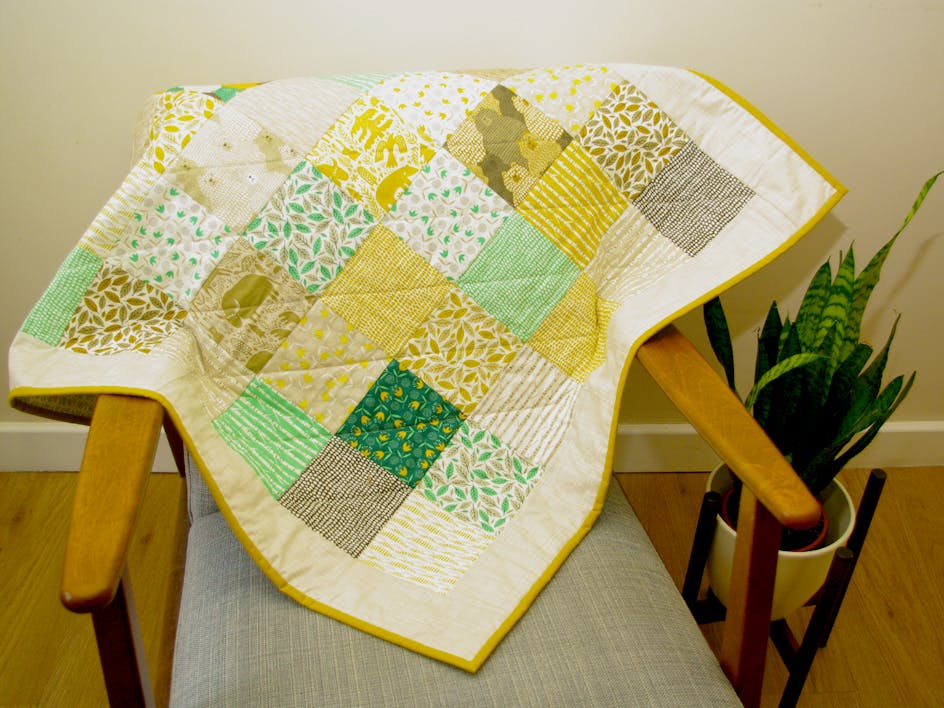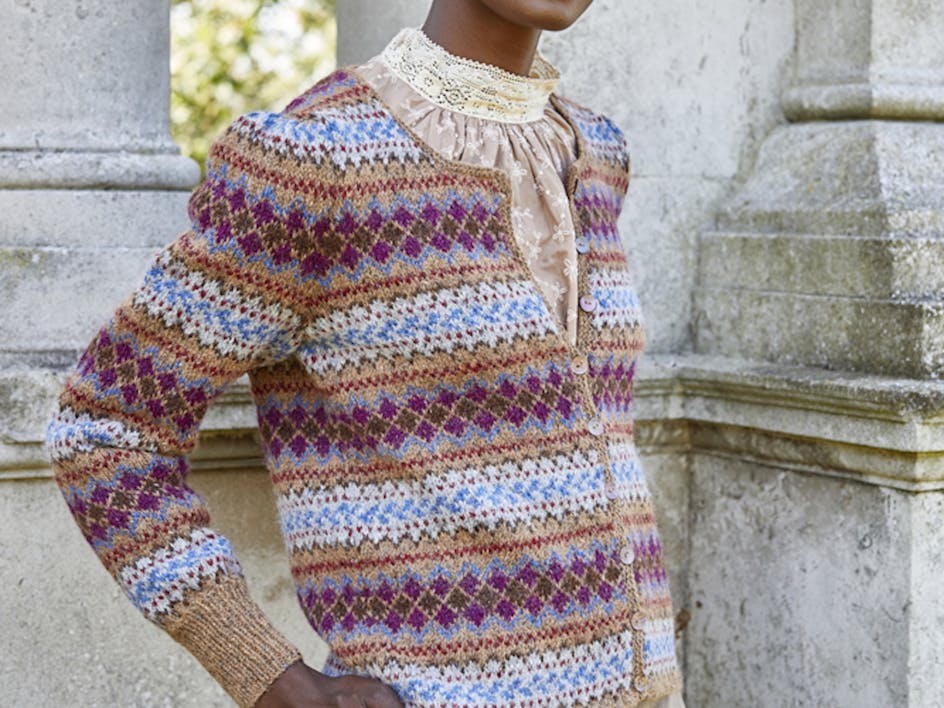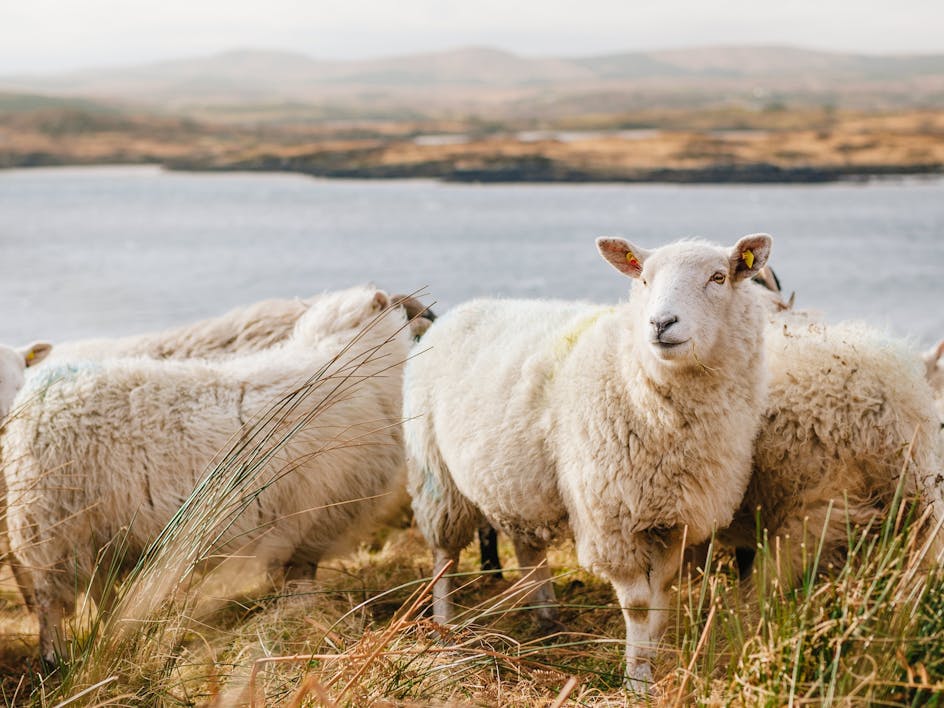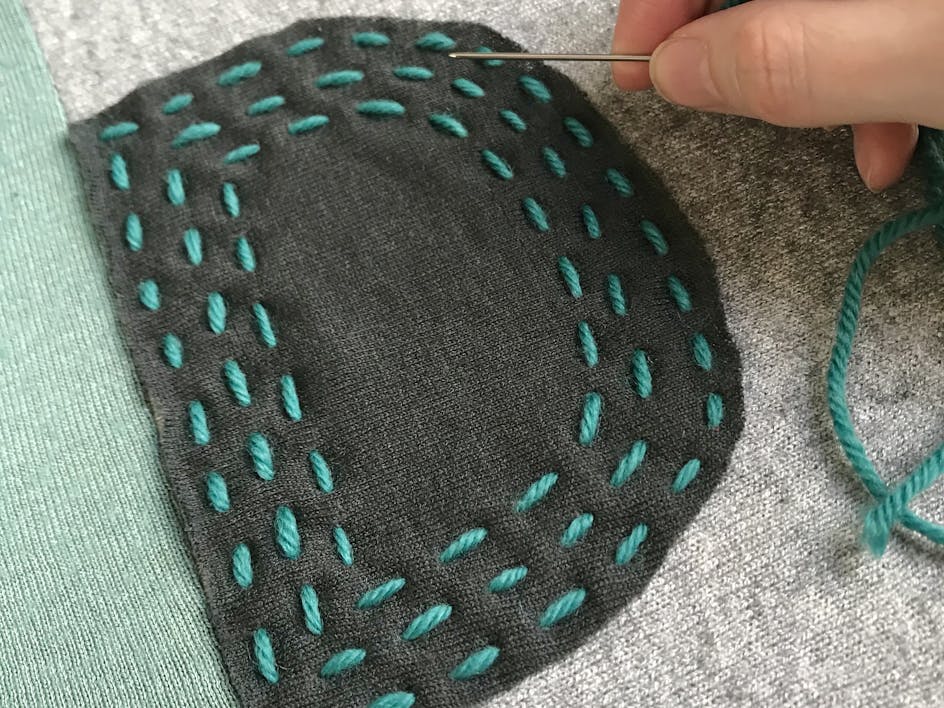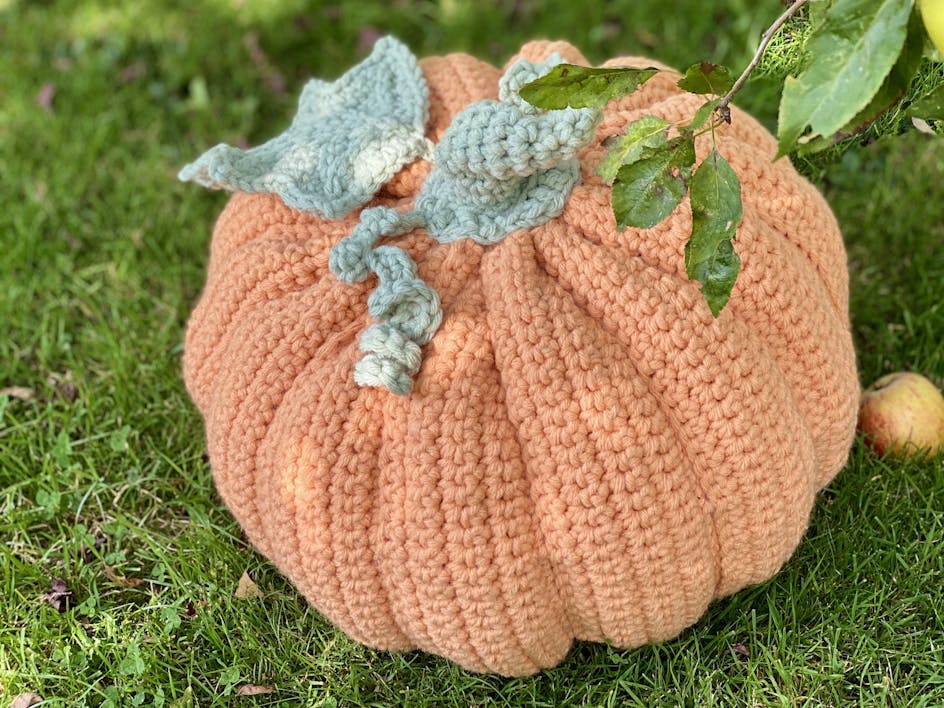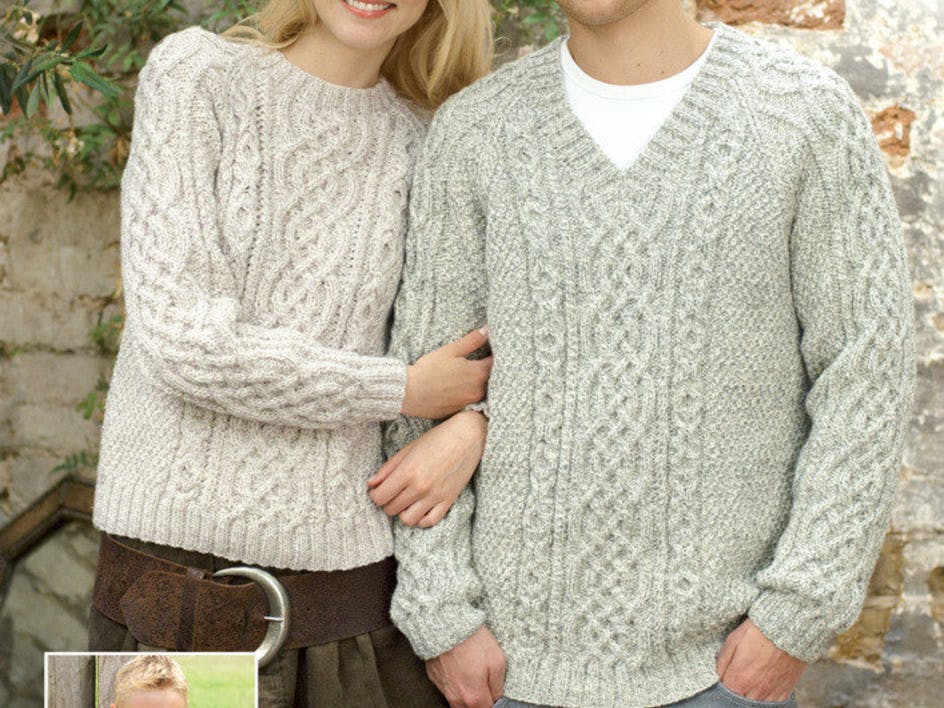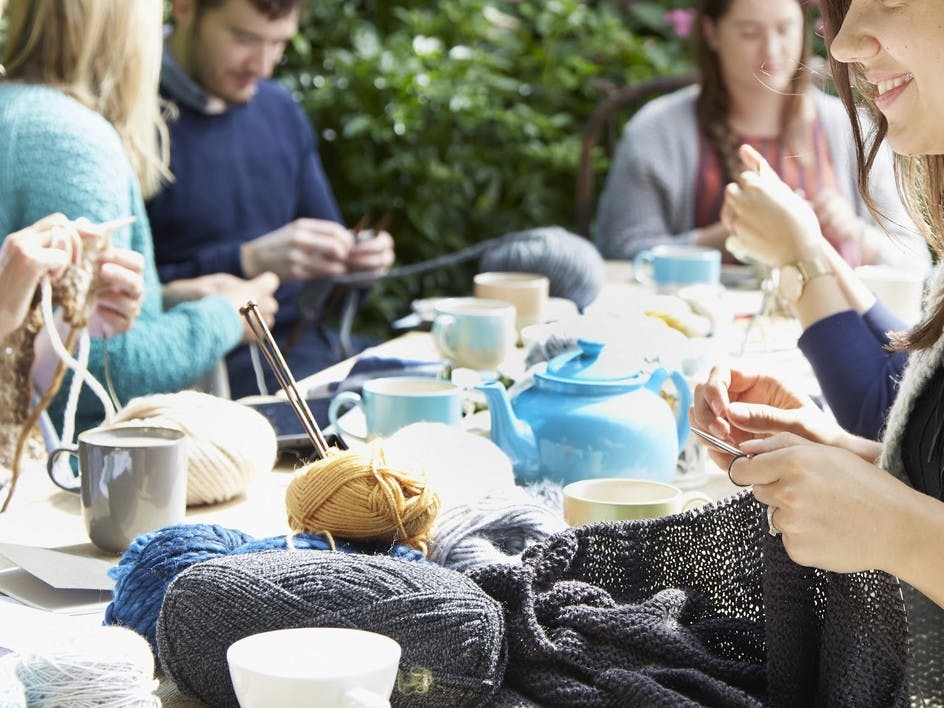Why is My Crochet Curling?
Published on 3 June 2019 By Emma 4 min read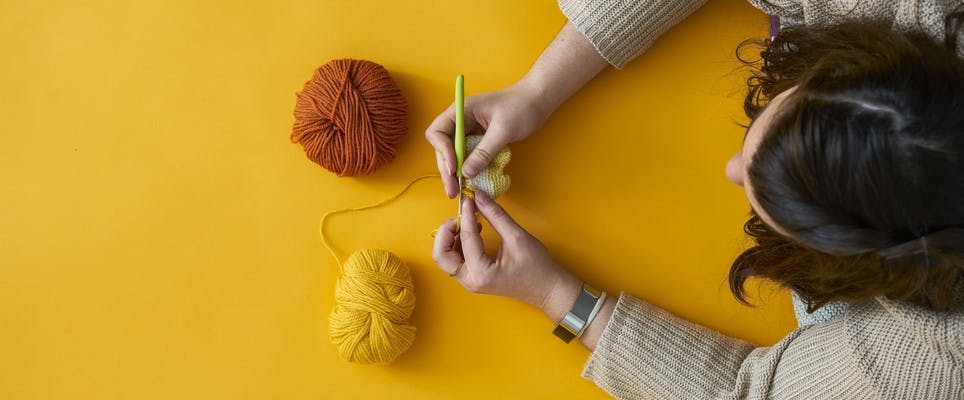
Emma Friedlander-Collins of Steel & Stitch helps us take a look at a common problem for beginner crocheters - curling! Why does your crochet curl? How can you fix this annoying little problem? Read on to find out!
When I first started out, as a crochet green-horn, I genuinely thought that your crochet was supposed to be all curly (some of the patterns in my first book, ‘Crochet Dress-Up’ rely on it!) But over time, you get to know how and why your crochet is doing what it’s doing, so for those of you out there that have questions about twisting, curving crochet, and maybe how to deal with it. Here are three ways I've learned to help deal with curling crochet.
1. Tension
This word used to fill me with dread. I didn’t know what it meant or why it was relevant to what I was doing, and while I now DO know, and also know why it’s useful to understand it, I still don’t really worry about it very much! Tension is literally how tightly you work. If you have a tendency to keep your yarn pulled tight around your hook, you will get smaller stitches, you are also much more likely to put a curl in your crochet. This is especially true at the very beginning, when you’ve worked a foundation chain and are starting to work into it.
In fact, let’s just take a minute to talk about foundation chains. Mine are always much tighter than the rest of my work, so one edge of whatever I’m making will invariably be shorter, and tighter than the rest of it. There are a couple of ways to deal with this. You can:
- Use a hook a couple of sizes up to make your foundation chain, and then swap to the right size for your first row of crochet.
- Consciously try and work loosely for your foundation chain.
- Learn how to work a foundation-less chain (which you may have seen referred to as FDC), which look fiddly to begin with, but is now my go to starting set up.
Anyway, back to tension. Often, if your work is curling because you do work quite tightly, the finished piece will most likely ‘relax’ a bit by then end and will flatten out a bit over time. If it doesn’t, then a good blocking can help.
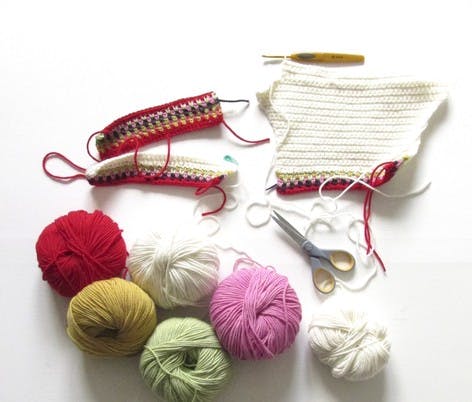

2. Blocking
Yet another term that I literally had no clue about for ages. Blocking is when you have finished something, and use water (usually) to set it. So lets say you’ve made a scarf and the edges are curling around, so you spray your scarf with cold water (or whatever the instructions on the yarn label suggest), and then pin it out so it’s stretched into the right shape. I use a thick towel, just on the carpet, but you can use all sorts of things. The lovely Jo from the Crochet Proj uses those big, foam jigsaw pieces that are for children to play with in the garden. Leave it to dry and then unpin once it’s set.
3. Ply
Now I didn’t realise for a long time that the actual ply of the yarn had anything to do with the finished make, but then I had some wool spinning classes and discovered a whole new, twisty world. The ply of the yarn is literally where it’s been spun, and then twisted together to make it thicker. So one lot of twisty wool, is then twisted with itself to make a double lot of twisty wool. This in turn can make some even twistier crochet.
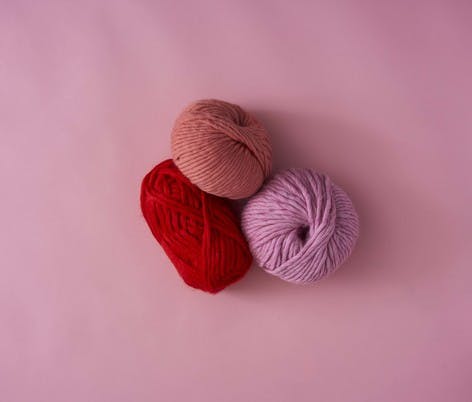

One way to deal with this is blocking your finished piece, another is to work out which way it wants to make your crochet twist, and then, if you’re working in the round, and if possible, you can turn your work inside out and work it the opposite way so that it’s going against the twist. This can be particularly prominent if you’re trying to crochet with twine or string, and to be honest, there’s not a great deal you can do about it.
That’s not to say that using an acrylic yarn won’t twist, it still can, but it may well be a mixture of things like tension, and needing a good blocking. Or it can because the crochet fairies are just in a bad mood with you and it’s just not going to work out this time, because that still happens to me a lot!
When I wrote ’35 Crochet Bags’ there were at least two handles and a basket that had to be abandoned because the Crochet Fairies were just making things too curly, so don’t beat yourself up if you can’t get it right. Sometimes it’s about the journey and not the destination, so make sure to have fun with your crochet!





